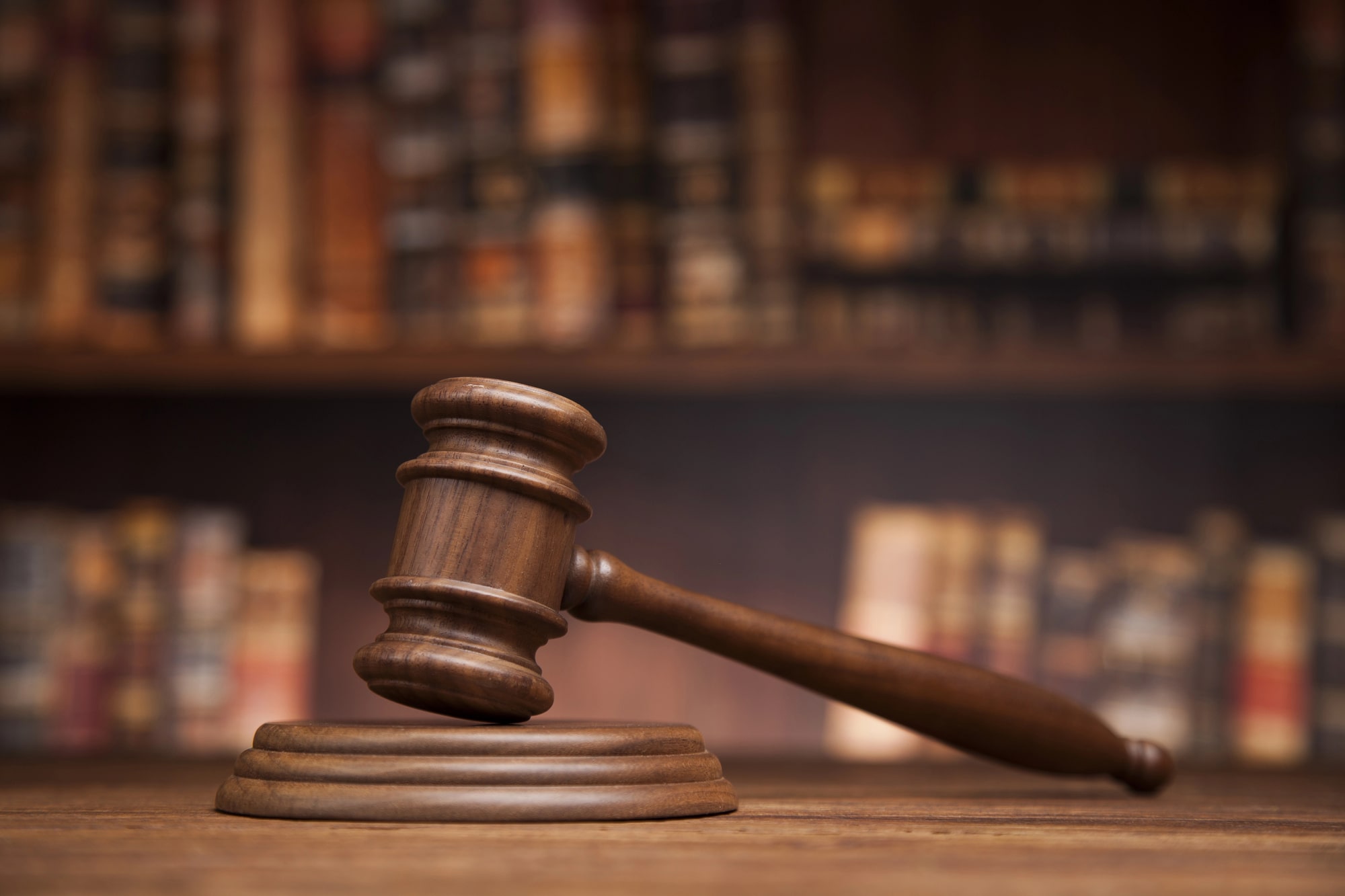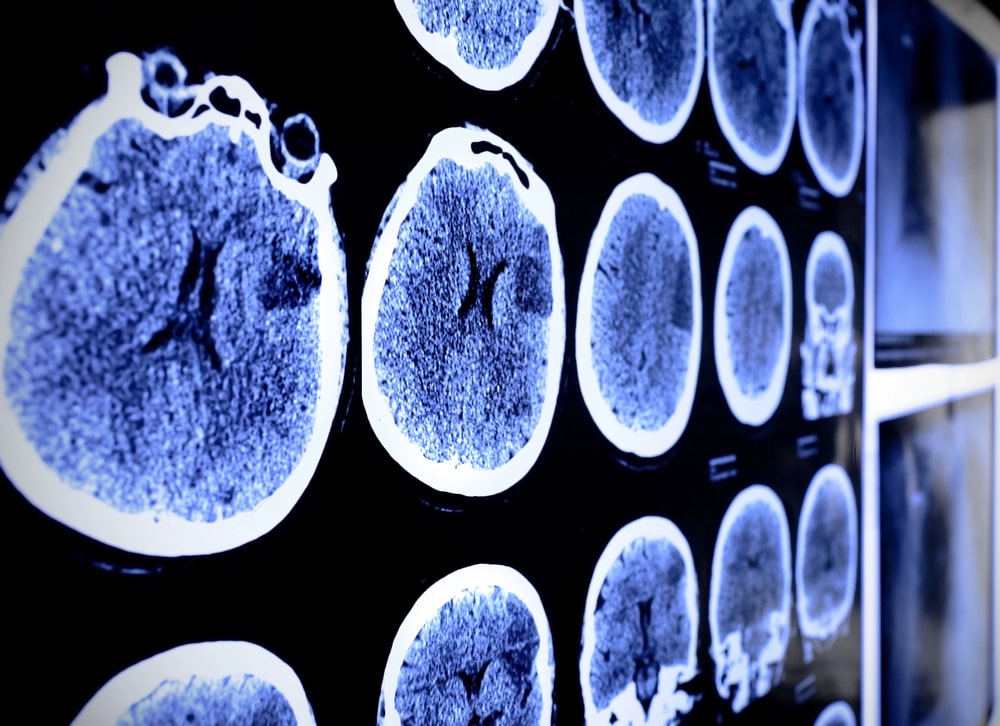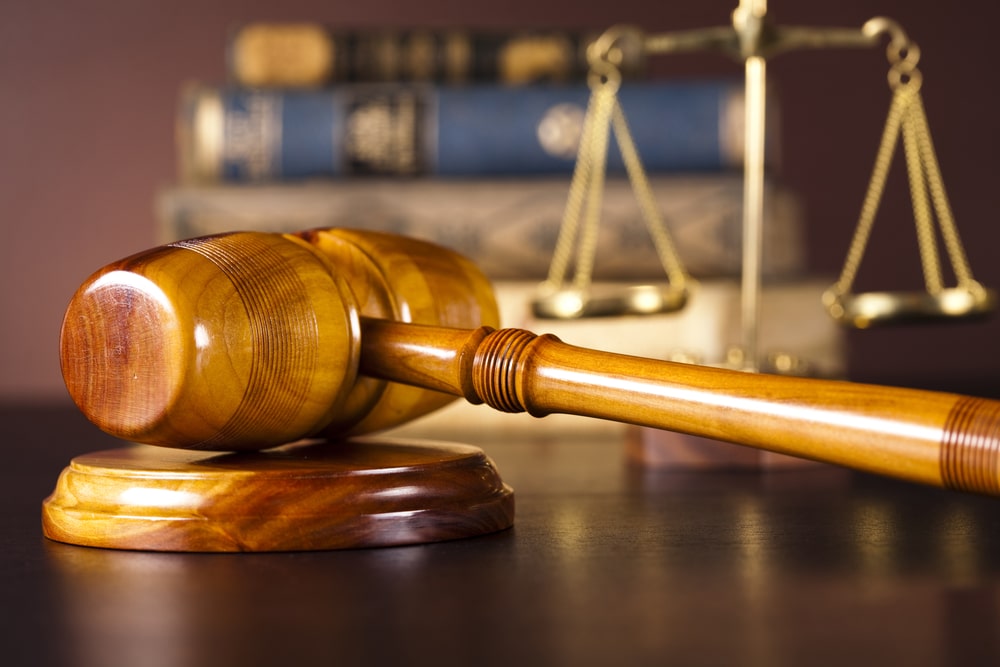How To Prove Negligence In A Wrongful Death Case

When someone loses their life due to another person’s careless actions, the surviving family members may have the legal right to pursue a wrongful death claim. These cases can help hold the responsible party accountable and provide financial support to those left behind. Working with our Midvale, UT wrongful death lawyer can help families build a strong case, especially when it comes to proving negligence — a required part of these claims.
Negligence is a legal concept that refers to a failure to use reasonable care, resulting in harm to someone else. In a wrongful death case, the person bringing the claim must show that the other party’s actions directly caused the loss of their loved one. This is often the most contested part of a wrongful death case, and the court requires clear, factual evidence before any damages can be awarded.
Duty Of Care Must Be Established
The first step in proving negligence is showing that the person or entity responsible had a legal duty to act with reasonable care. This duty varies depending on the situation. For example, a driver has a duty to follow traffic laws, a doctor has a duty to provide safe medical care, and a property owner has a duty to maintain safe conditions on their premises.
Establishing this duty often involves showing that the parties had a legal or practical relationship where reasonable conduct was expected. In most cases, this part of the claim is straightforward, but there are situations where additional evidence is needed to confirm the responsibility.
Showing There Was A Breach of Duty
After the duty is established, we must show that the responsible party failed to meet that duty. This is known as a breach. A breach could be as simple as a driver running a red light, a doctor failing to diagnose a known condition, or a business owner ignoring a dangerous condition on their property.
To prove a breach of duty, we often rely on evidence such as eyewitness accounts, surveillance video, medical records, or testimony from professionals who are familiar with the standard of care expected in similar circumstances.
Connecting The Breach To The Death
Next, we must show that the breach of duty directly caused the death. This connection, often called causation, must be clear and supported by facts. It’s not enough to show that someone made a mistake — we also need to show that the mistake led directly to the fatal outcome.
This part of the case often involves reviewing medical records, accident reports, and any timeline of events that led to the death. For example, if someone died after a car crash caused by a drunk driver, the connection between the driver’s actions and the fatal injury must be clearly documented.
Proving The Impact On Survivors
Finally, the case must show how the death has impacted the surviving family members. This includes both financial and personal losses. Financial losses can include funeral expenses, lost income, and medical bills. Non-financial losses may include the loss of companionship, support, and care.
Each state has specific rules on who may file a wrongful death claim and what damages may be recovered. In many cases, it’s a spouse, child, or parent who brings the claim. Courts often review these claims carefully to assess both the legal standing of the person bringing the case and the extent of the damages being claimed.
Legal Help That Puts Families First
At Acadia Law Group PC, we work with families who are facing some of the hardest moments of their lives. Proving negligence in a wrongful death case requires a thorough approach and attention to detail. Our founding attorney, Kenneth Denos, has spent the past three decades representing individuals and families, and he founded Acadia Law Group over 25 years ago with a focus on delivering outstanding service and advocacy to each client.
If you’ve lost a loved one and are considering legal action, we’re here to talk. A conversation with our team can help you understand your next steps. Call Acadia Law Group PC today to speak with someone who can help you move forward.



